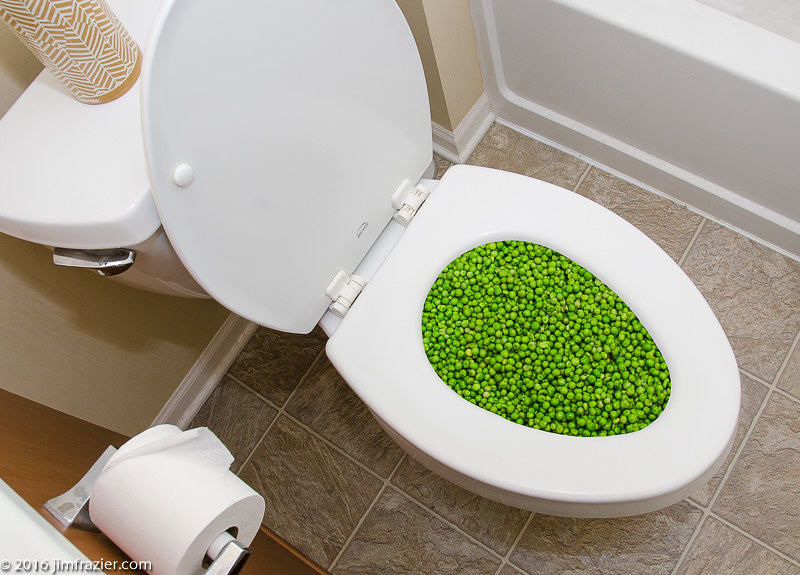Can You to Flush Food in the Toilet?
Can You to Flush Food in the Toilet?
Blog Article
Here below you can discover a bunch of great facts when it comes to Is it safe to flush food (especially rice) down the toilet?.

Introduction
Lots of people are commonly faced with the problem of what to do with food waste, specifically when it comes to leftovers or scraps. One typical inquiry that arises is whether it's fine to flush food down the bathroom. In this write-up, we'll delve into the reasons why individuals could consider flushing food, the effects of doing so, and alternative methods for proper disposal.
Reasons people may think about purging food
Absence of recognition
Some people might not be aware of the potential harm brought on by flushing food down the toilet. They may mistakenly think that it's a safe method.
Benefit
Flushing food down the toilet may seem like a fast and simple solution to getting rid of unwanted scraps, particularly when there's no nearby garbage can offered.
Negligence
In some cases, individuals may just pick to flush food out of large idleness, without considering the consequences of their actions.
Effects of flushing food down the toilet
Ecological impact
Food waste that ends up in rivers can add to contamination and damage marine environments. Additionally, the water used to flush food can strain water resources.
Plumbing issues
Flushing food can lead to stopped up pipelines and drains, causing costly plumbing repairs and troubles.
Sorts of food that must not be flushed
Coarse foods
Foods with fibrous textures such as celery or corn husks can get tangled in pipelines and create blockages.
Starchy foods
Starchy foods like pasta and rice can soak up water and swell, leading to blockages in pipelines.
Oils and fats
Greasy foods like bacon or food preparation oils ought to never ever be flushed down the commode as they can strengthen and trigger blockages.
Correct disposal methods for food waste
Utilizing a waste disposal unit
For homes furnished with waste disposal unit, food scraps can be ground up and flushed through the plumbing system. However, not all foods are suitable for disposal in this fashion.
Recycling
Specific food packaging materials can be reused, decreasing waste and minimizing ecological effect.
Composting
Composting is an environment-friendly way to deal with food waste. Organic materials can be composted and made use of to enhance dirt for horticulture.
The significance of appropriate waste management
Minimizing ecological harm
Proper waste administration practices, such as composting and recycling, assistance lessen contamination and preserve natural resources for future generations.
Shielding pipes systems
By avoiding the technique of flushing food down the bathroom, homeowners can prevent pricey plumbing repair services and maintain the honesty of their plumbing systems.
Final thought
Finally, while it may be appealing to purge food down the bathroom for comfort, it is necessary to recognize the possible consequences of this action. By adopting correct waste monitoring methods and taking care of food waste sensibly, individuals can contribute to healthier pipes systems and a cleaner atmosphere for all.
FLUSH FOOD DOWN THE TOILET?
FLUSHING FOOD CAN CAUSE BLOCKED DRAINS IN YOUR HOME
All of the plumbing fixtures in your home are connected to the same sewer pipe outside of your home. This outdoor sewer pipe is responsible for transporting all the wastewater from your home to the Council sewer mains. Even small pieces of food that go down the kitchen sink can cause problems for your sewer. It should therefore be obvious that flushing larger bits of food, such as meat, risks a clog in either the toilet itself or the sewer pipes. Flushing greasy food is even more problematic because oil coagulates when it cools, coating the interior lining of your pipes.
THE TOILET IS NOT A BIN
Food isn’t the only thing that people shouldn’t be flushing down the toilet. People use the toilet to dispose of all kinds of things such as tampons, makeup wipes, dental floss, kitty litter and even underwear. Water goes to great lengths to educate residents about the high costs and stress placed on wastewater treatment systems simply from people flushing the wrong stuff down the toilet. It costs taxpayers millions of dollars each year, and homeowners thousands in blocked drain repairs.
FLUSHING FOOD IS A WASTE OF WATER
Flushing food is a waste of our most precious resource - water. In June this year Level 1 water restrictions were introduced to protect water supply from drought conditions. Much of New South Wales continues to be affected by prolonged drought with recent figures revealing up to 97 per cent of the state remains in drought. Depending on whether you have a single or dual flush toilet, every single flush uses between five and 11 litres of water. In the current climate this is a huge amount of water to be wasting on flushing food that should be placed in the bin (or better yet, the compost).
https://www.jabplumbingsolutions.com.au/blog/can-you-flush-food-down-the-toilet

I stumbled upon that article on Think Twice Before Flushing Food Down Your Toilet when doing a lookup on the web. Do you know about somebody else who is enthusiastic about the niche? Do not hesitate to promote it. Thanks a lot for taking the time to read it.
Call Today Report this page